Palladium(Ⅱ) chloride CAS: 7647-10-1
| Catalog Number | XD93972 |
| Product Name | Palladium(Ⅱ) chloride |
| CAS | 7647-10-1 |
| Molecular Formula | Cl2Pd |
| Molecular Weight | 177.33 |
| Storage Details | Ambient |
Product Specification
| Appearance | White powder |
| Assay | 99% min |
Palladium(II) chloride, also known as PdCl2, is a chemical compound consisting of palladium in the +2 oxidation state bonded to two chlorine atoms. It is a versatile compound widely utilized in various fields, most notably in catalysis.One of the primary applications of palladium(II) chloride is as a catalyst in cross-coupling reactions. Cross-coupling reactions involve the formation of carbon-carbon bonds between two organic substrates. PdCl2 is especially effective in facilitating reactions like the Suzuki-Miyaura and Heck reactions. In the Suzuki-Miyaura reaction, PdCl2 acts as a catalyst to couple an aryl or vinyl boronic acid with an aryl or vinyl halide, providing a wide range of aryl and vinyl derivatives. Similarly, in the Heck reaction, PdCl2 enables the coupling of aryl or vinyl halides with alkenes, leading to the formation of new carbon-carbon bonds. These reactions find extensive use in pharmaceutical, agrochemical, and material synthesis.Palladium(II) chloride is also employed in amination reactions, where amines are introduced into organic molecules. The Buchwald-Hartwig reaction, for example, utilizes PdCl2 as a catalyst to couple aryl or vinyl halides with amines, enabling the synthesis of diverse nitrogen-containing compounds. Amination reactions are particularly crucial in medicinal chemistry and the preparation of bioactive molecules.Furthermore, PdCl2 is often used in hydrogenation reactions, which involve the addition of hydrogen to unsaturated compounds. PdCl2-based catalysts exhibit high activity and selectivity in this process, making them valuable in the production of pharmaceuticals, fine chemicals, and polymers. PdCl2 also serves as a reagent in dehalogenation reactions, where it facilitates the removal of halogens from organic compounds.PdCl2 can additionally catalyze carbonylation reactions, which involve the insertion of a carbon monoxide molecule into organic substrates. These reactions play a pivotal role in the synthesis of carbonyl derivatives and are widely used in the production of pharmaceuticals, agrochemicals, and materials.In summary, palladium(II) chloride is a versatile and widely utilized chemical compound due to its catalytic properties. Its applications in cross-coupling reactions, amination reactions, hydrogenation, dehalogenation, and carbonylation contribute significantly to the advancement of various scientific fields. PdCl2-based catalysts have revolutionized the synthesis of complex organic molecules, enabling the development of new drugs, materials, and chemical intermediates.


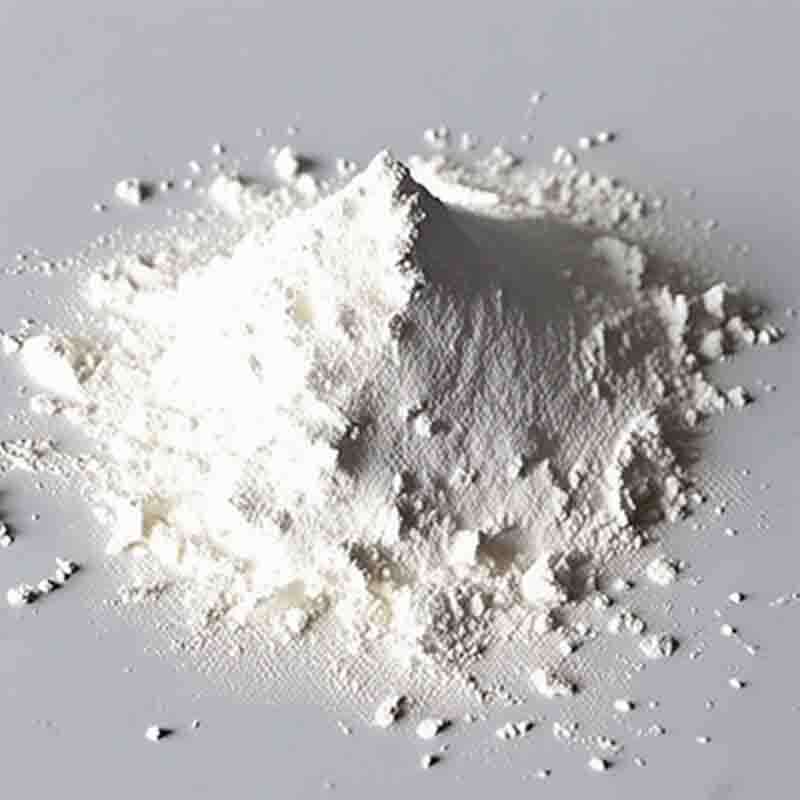


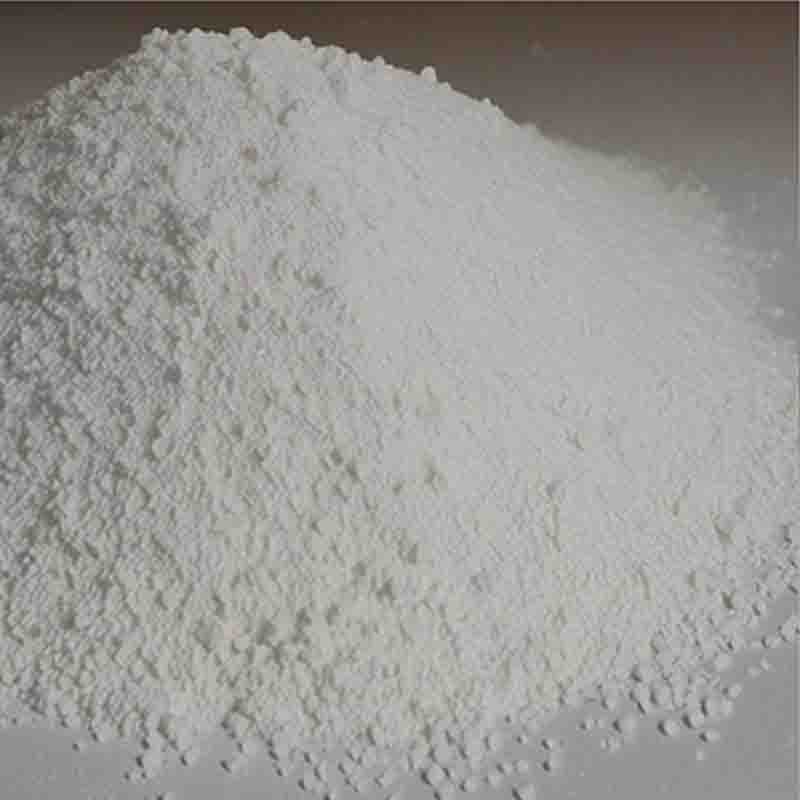
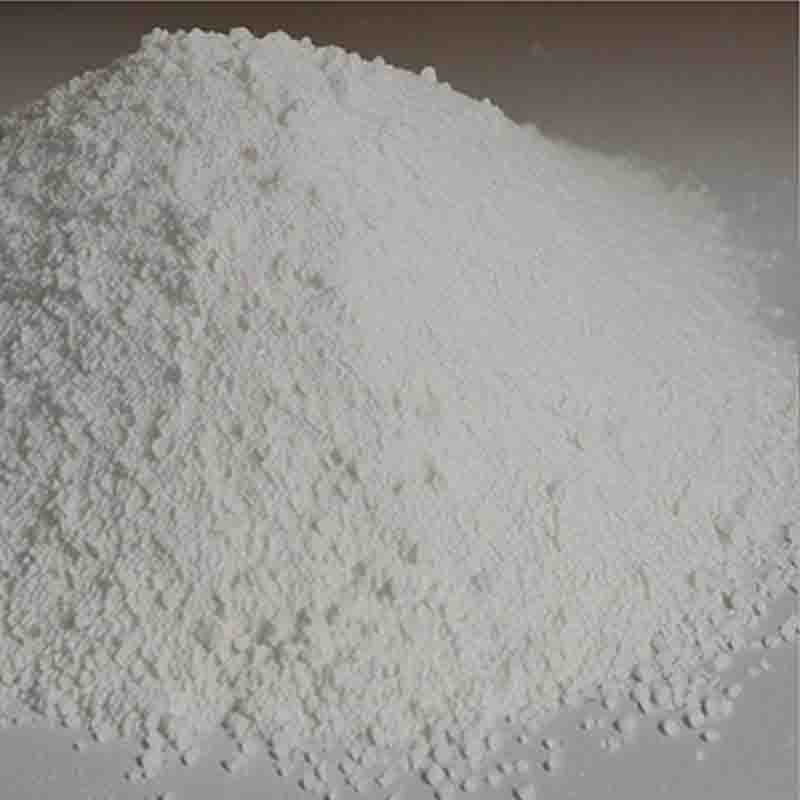
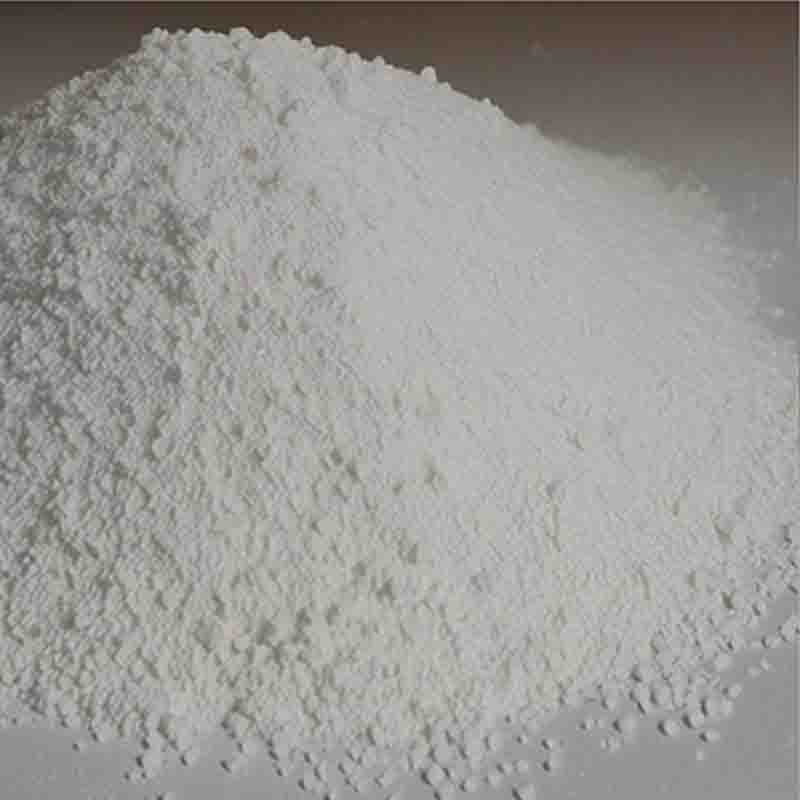
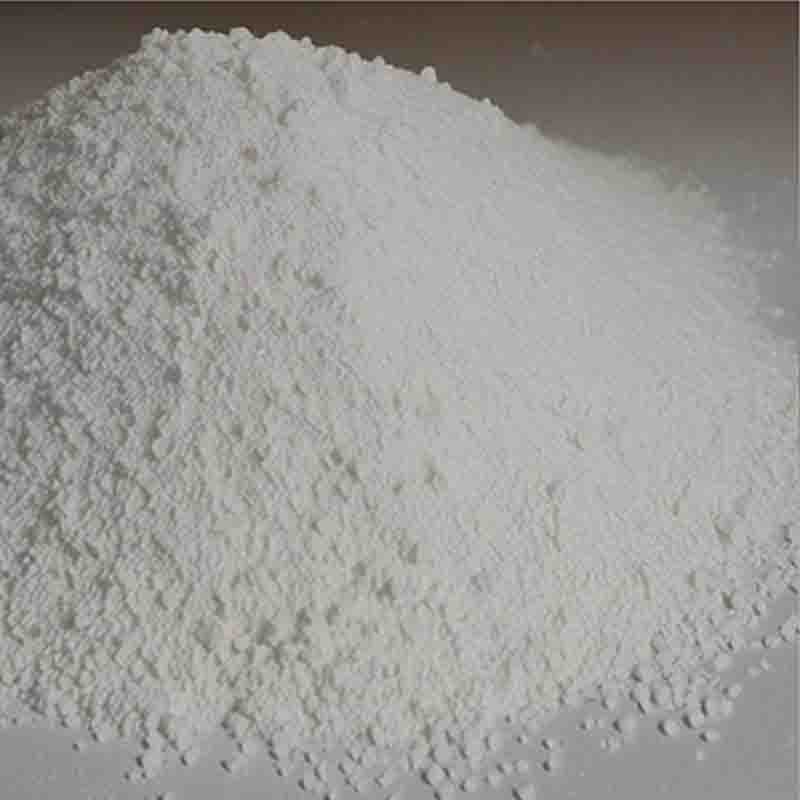
![5,6-Dihydro-3-(4-morpholinyl)-1-[4-(2-oxo-1-piperidinyl)phenyl]-2(1H)-pyridinone CAS: 545445-44-1](https://cdn.globalso.com/xdbiochems/白色粉末1024.jpg)